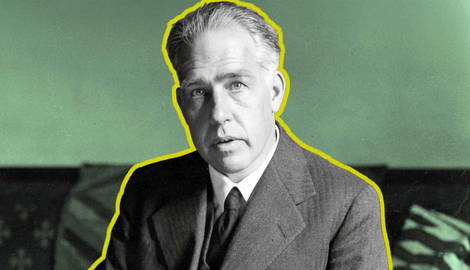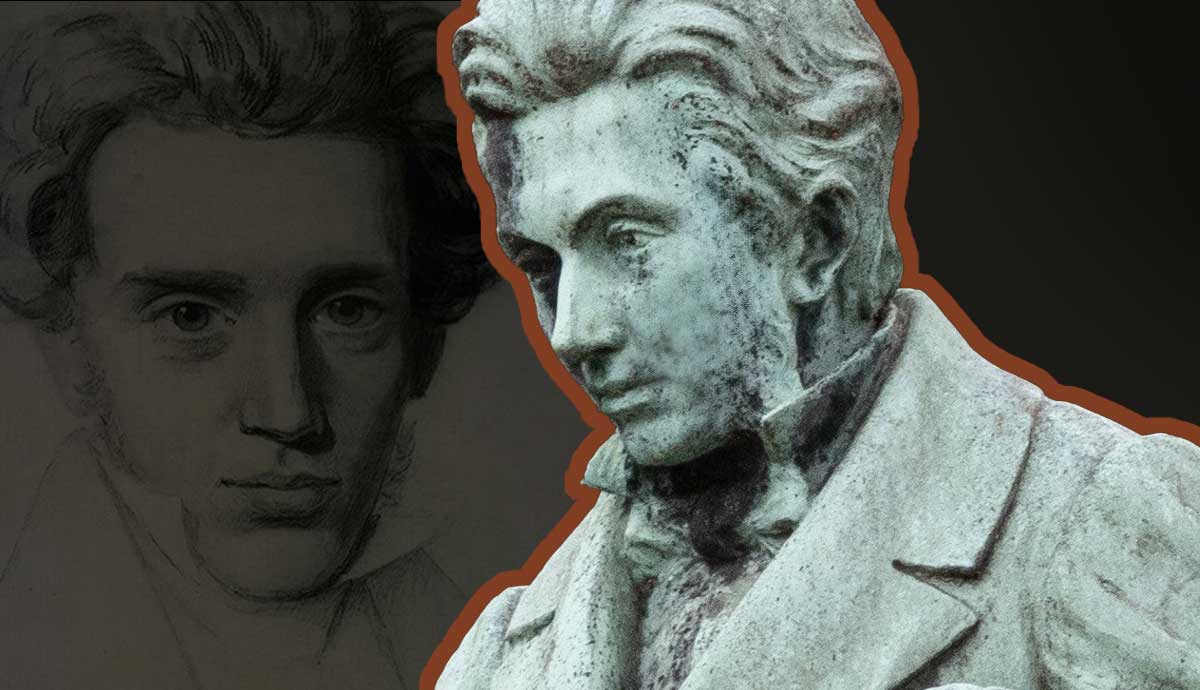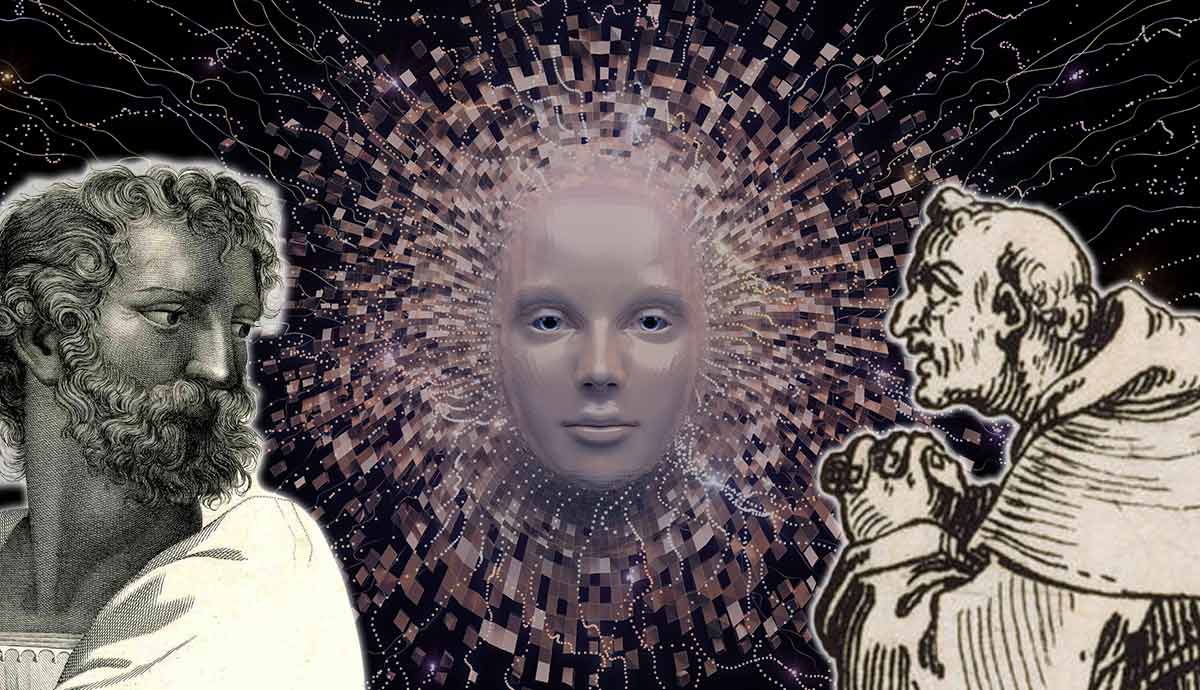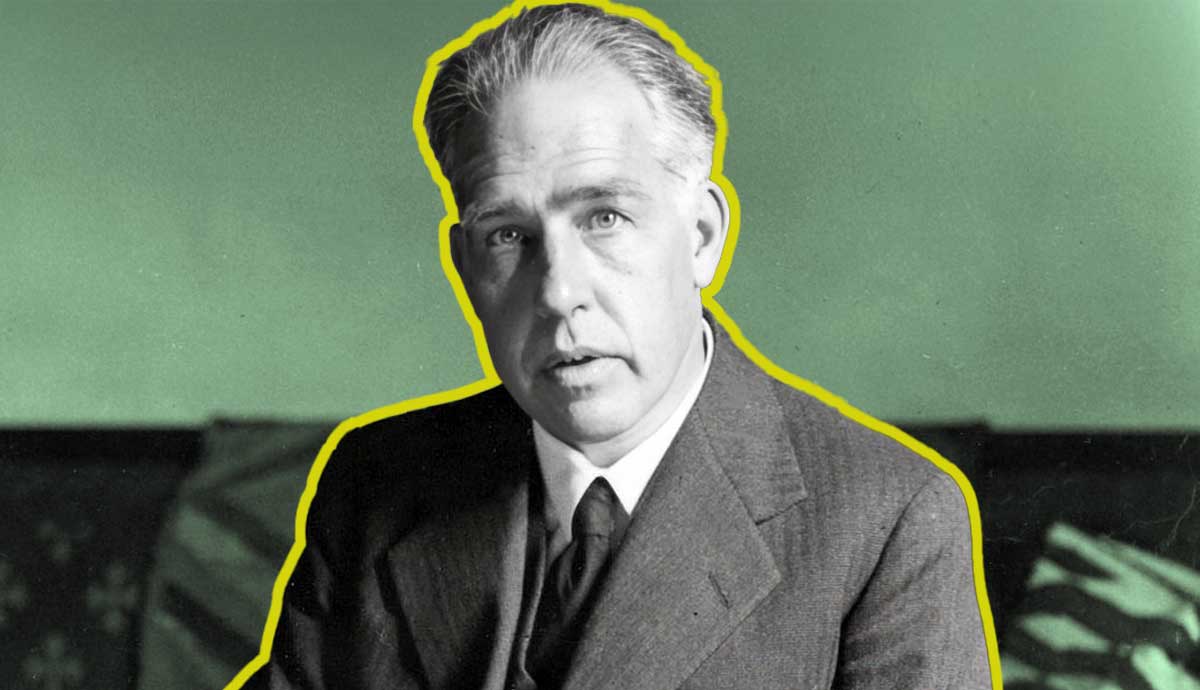
Niels Bohr was not only a principal architect of the science of quantum mechanics but also a profound philosophical thinker. While classical physics – exemplified by Newtonian mechanics and Einstein’s relativity – rests on the assumption of a deterministic, observer-independent reality, quantum mechanics introduces fundamental indeterminacy into our description of nature. Niels Bohr coined the term “complementarity” in order to embrace this shift. The principle of complementarity reflects the conviction that seemingly contradictory perspectives are not only compatible but essential for a deeper understanding of the world.
Niels Bohr: Philosopher-Physicist
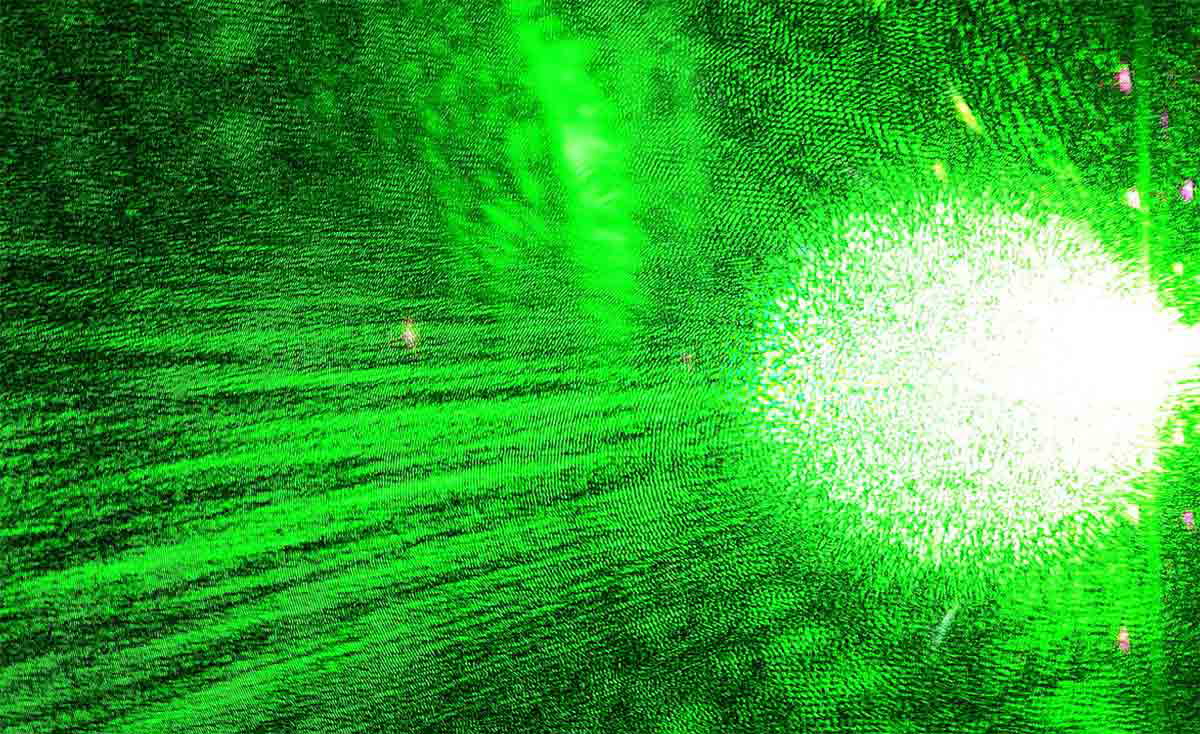
Niels Bohr first introduced the principle of complementarity to address a primary feature of quantum phenomena: certain physical properties at the quantum level – for instance, the wave-particle duality of electrons – cannot be simultaneously observed (Folse, 1985). Electrons exhibit both wave-like and particle-like behavior – but not at the same time. In one experimental setup, an electron may display interference patterns (wave behavior); in another, it behaves as a discrete particle. These outcomes are not contradictory but complementary: each provides valid, partial insights into quantum systems under specific conditions (Cockcroft, 1962).
Bohr’s (1937) point was that ‘an exhaustive account of all experience must be regarded as “complementary.” Critically, he maintained that this duality was not a mere technical oddity but hinted at a more general philosophical principle. Just as the study of wave-particle duality is necessary to properly describe quantum systems, other apparent oppositions – mind and body, subject and object – might also be reconciled through the lens of complementarity.
Kantian Echos
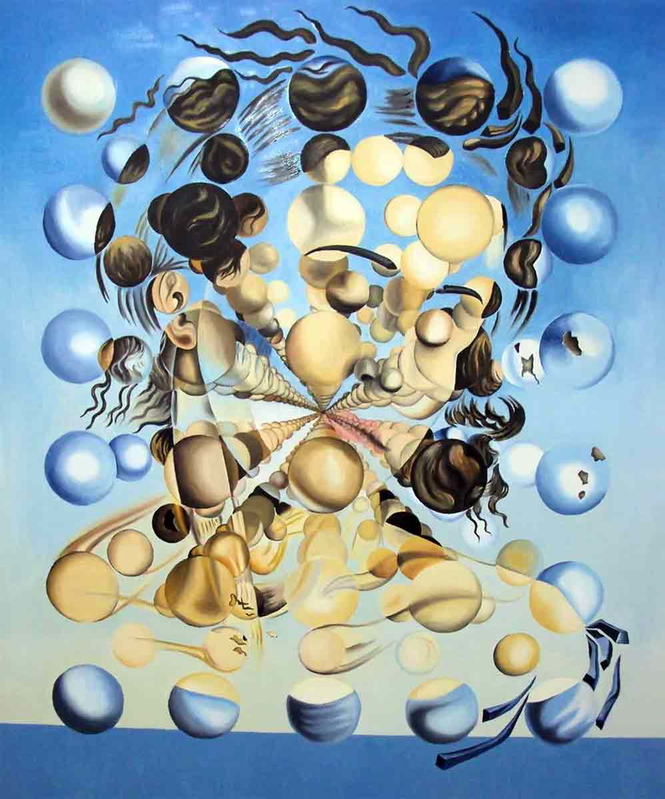
Multiple scholars have noted parallels between Bohr’s principle of complementarity and the epistemology of Immanuel Kant (Folse, 1985; Bitbol & Osnaghi, 2024). Though Bohr himself never explicitly cited Kant. Kant famously argued that human knowledge is mediated by a priori categories – such as space and time – which shape how we perceive the world. One can never know the “thing-in-itself” (noumenon) – only the phenomena shaped by our perceptual and cognitive frameworks. Similarly, Bohr argued that quantum phenomena cannot be separated from the experimental set up: the outcome of observation is not a transparent window onto reality but co-determined by the act of measurement.
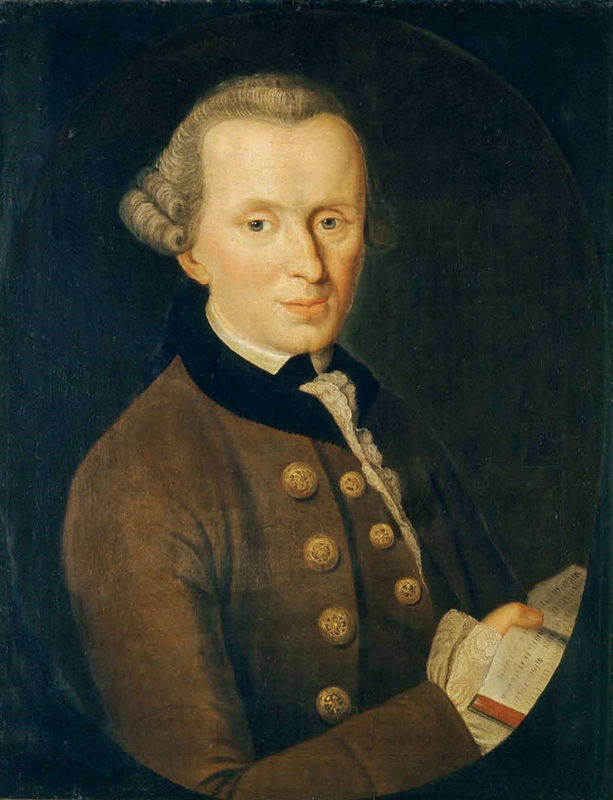
For Kant and Bohr alike, there is no “view from nowhere” (Bitbol & Osnaghi, 2024). There is, however, a fundamental difference. Bohr’s perspective is not psychological or transcendental in a Kantian sense. He didn’t claim that phenomena arise in consciousness, but rather, that the conditions of observation determine what is observed.
While Bohr acknowledged the essential role of the observer, he maintained that the system under observation was clearly ‘uniquely determined quite independently of whether it is observed or not’ (Bohr, 1937). Complementarity thus concerns the objective structure of the physical world, not merely the structure of thought.
From Quantum Mechanics to Quantum Reality
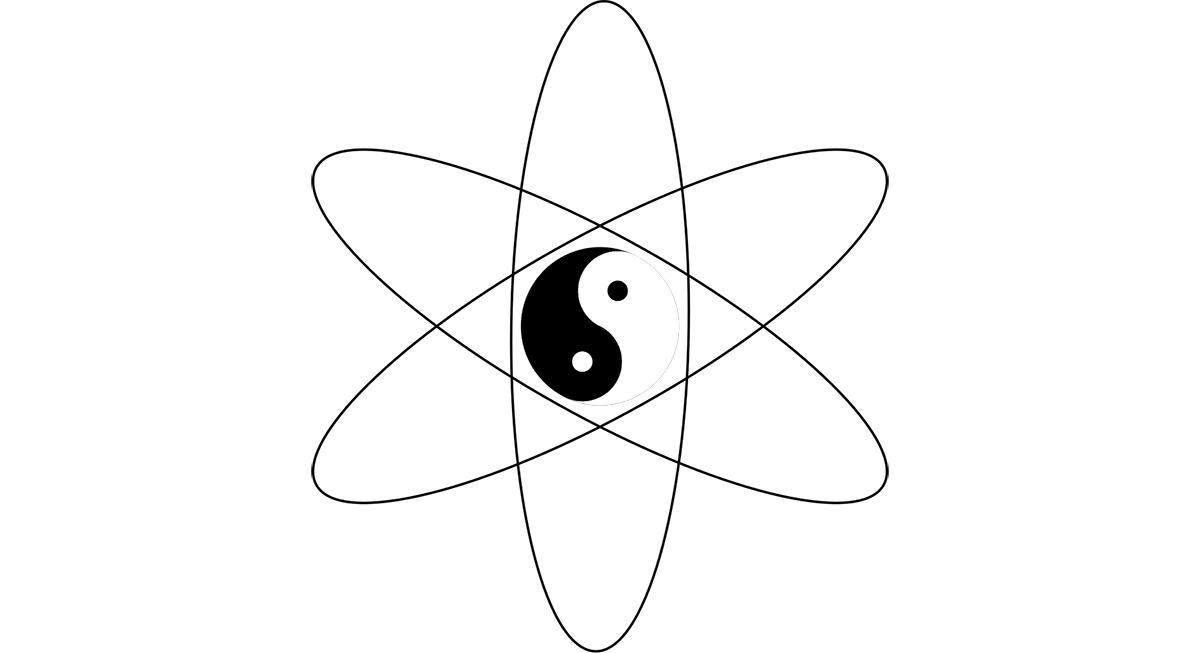
The science of quantum mechanics gave rise to a new epistemological situation and fundamental rethinking of how reality is described and understood. Bohr’s insight – that no single experimental setup can exhaustively describe a physical system – profoundly challenged the assumptions of classical physics.
Applied to the broader realm of philosophy, complementarity has radical implications for the nature of reality itself. Applied more widely, the principle of complementarity challenges classical notions of a unified, self-contained reality. To the extent that quantum objects lack definite properties – such as position and momentum – reality itself appears to be fragmented, contextual, and plural.
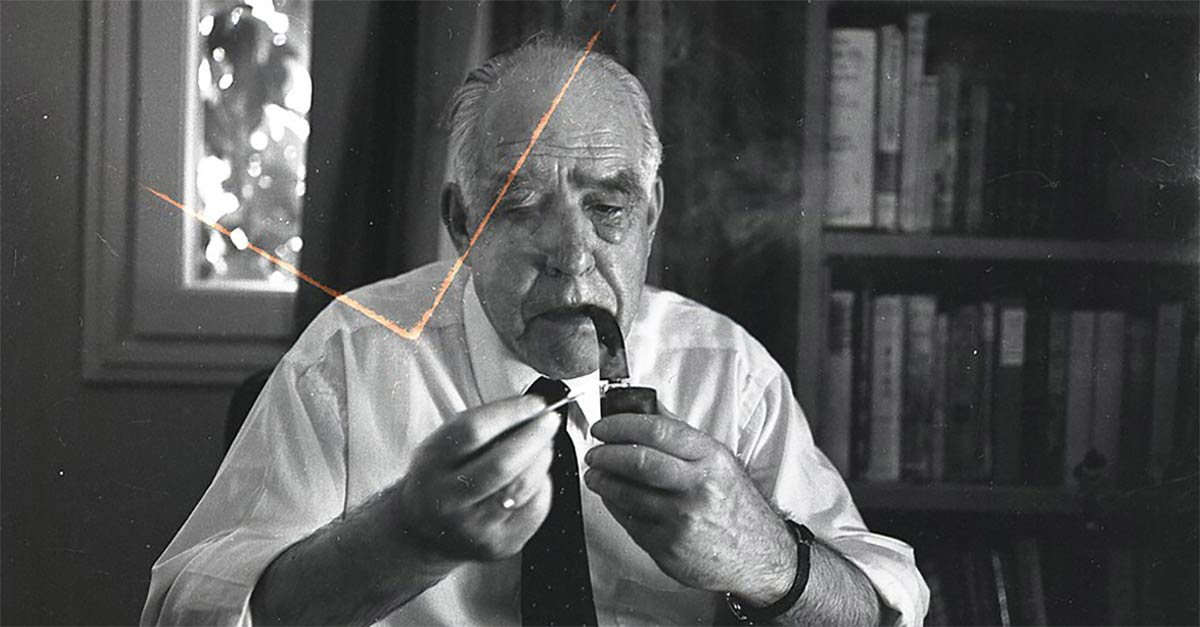
Accordingly, contemporary philosophers have explored the radical consequences of Bohr’s idea: the abandonment of the notion of an ‘objective reality’ populated by things, equipped with a fully determined set of properties (Žižek, 2012). Applied to the realm of philosophy, the ontological implication of quantum physics is to accept the essential incompleteness of a singular perspective (Barad, 2007; Harman, 2024; Žižek, 2023).
In this sense, the principle of complementarity reflects Bohr’s broader belief that apparent contradictions may be indispensable for a deeper grasp of reality, not only in physics but also across other domains of human knowledge. Here, complementarity becomes not just a feature of quantum theory but a powerful tool for navigating the complexities of human experience and disrupting the classical logic of mutually exclusive truths.
